The complex Anglo-French pedigree of Talbot was further complicated in 1935 when Major Antonio Lago, a Venetian, acquired the British owned Darracq company and Talbot cars were subsequently badged as Darracq in England while in France they were known as Talbots. The nomenclature was less clear in post-war years, the models being known variously as Talbot-Lago, Lago-Talbot or indeed just as Talbot. By the 1950’s the racing credentials of Talbot-Lago had been firmly established, Antonio Lago taking the company into a period of active Grand Prix participation. 1937 saw a convincing 1-2-3 victory in the French Sports Car Grand Prix at Montlhéry and in post-war years such ‘greats’ as Chiron and Rosier were to achieve notable victories in the robust 4.5 litre racing cars. Louis Rosier, with his eldest son Jean Louis Rosier as co-driver, in particular putting the company name at the forefront with a notable victory at Le Mans in 1950 at an average speed of 89.7mph, closely followed by Meyrat in a similar car in second place at 89.3mph. Production models in post-war years saw the continuation of the Record, essentially a 4.5 litre, six-cylinder, pre-war design, the Grand Sport, a truly race-bred model and, in 1950, Talbot-Lago produced the Baby, a rather ill-fated 2.7 litre, four-cylinder car which was not well received. The sensational new 2.5 litre car announced at the Paris Salon in 1955 was an altogether superior sports car, powered by a four-cylinder, twin high-camshaft, overhead-valve engine which in standard tune developed 120bhp. Power was transmitted through an all-synchromesh ZF gearbox, the car being mounted upon a large diameter tubular chassis with transverse, leaf spring, independent front suspension. The styling borrowed much from the Record Grand Sport, the sleek two seater coachwork with two occasional rear seats being indeed an elegant example of Gallic glamour. A most exclusive and expensive sports car, only 54 Talbot-Lago T14 LS models were built of which a very small number were to Spécial specification. The Spécial featured aluminium doors, bonnet and boot lid, Borrani wheels and high-lift camshafts, giving enhanced performance. This unique example was the Factory demonstrator provided for the use of ace Grand Prix driver, Louis Rosier, the nose cowl styling being especially modified to echo the front-end styling of his Grand Prix steeds. Records suggest that the car was owned from 1959 – 1980 by a close friend of Rosier and in total the car has had just seven owners. The car was restored in 1994 and comes with a detailed restoration file with relevant photographs and invoices together with a detailed history file relating to the model and this car in particular. The present owner, a well-known Talbot aficionado, has driven the car enthusiastically at Talbot events at home and overseas, taking part this year in the STD Register 80th Anniversary celebration trip to Tours. The car is superbly equipped in all areas with grey cuir simulée/cloth upholstery to the interior, opening rear quarter lights, sliding perspex side windows, quick release filler cap, SEV Marchal headlamps and Jaeger instruments. Later twin Weber carburettors have been fitted to enhance performance while an electric fan and alternator have been added for modern motoring convenience, although the original dynamo is offered with the car. This thoroughbred sports car from France’s last truly great racing car manufacturer comes with a Swansea V5 registration document, current road fund licence and MoT certificate and a truly impeccable and distinguished provenance.
The complex Anglo-French pedigree of Talbot was further complicated in 1935 when Major Antonio Lago, a Venetian, acquired the British owned Darracq company and Talbot cars were subsequently badged as Darracq in England while in France they were known as Talbots. The nomenclature was less clear in post-war years, the models being known variously as Talbot-Lago, Lago-Talbot or indeed just as Talbot. By the 1950’s the racing credentials of Talbot-Lago had been firmly established, Antonio Lago taking the company into a period of active Grand Prix participation. 1937 saw a convincing 1-2-3 victory in the French Sports Car Grand Prix at Montlhéry and in post-war years such ‘greats’ as Chiron and Rosier were to achieve notable victories in the robust 4.5 litre racing cars. Louis Rosier, with his eldest son Jean Louis Rosier as co-driver, in particular putting the company name at the forefront with a notable victory at Le Mans in 1950 at an average speed of 89.7mph, closely followed by Meyrat in a similar car in second place at 89.3mph. Production models in post-war years saw the continuation of the Record, essentially a 4.5 litre, six-cylinder, pre-war design, the Grand Sport, a truly race-bred model and, in 1950, Talbot-Lago produced the Baby, a rather ill-fated 2.7 litre, four-cylinder car which was not well received. The sensational new 2.5 litre car announced at the Paris Salon in 1955 was an altogether superior sports car, powered by a four-cylinder, twin high-camshaft, overhead-valve engine which in standard tune developed 120bhp. Power was transmitted through an all-synchromesh ZF gearbox, the car being mounted upon a large diameter tubular chassis with transverse, leaf spring, independent front suspension. The styling borrowed much from the Record Grand Sport, the sleek two seater coachwork with two occasional rear seats being indeed an elegant example of Gallic glamour. A most exclusive and expensive sports car, only 54 Talbot-Lago T14 LS models were built of which a very small number were to Spécial specification. The Spécial featured aluminium doors, bonnet and boot lid, Borrani wheels and high-lift camshafts, giving enhanced performance. This unique example was the Factory demonstrator provided for the use of ace Grand Prix driver, Louis Rosier, the nose cowl styling being especially modified to echo the front-end styling of his Grand Prix steeds. Records suggest that the car was owned from 1959 – 1980 by a close friend of Rosier and in total the car has had just seven owners. The car was restored in 1994 and comes with a detailed restoration file with relevant photographs and invoices together with a detailed history file relating to the model and this car in particular. The present owner, a well-known Talbot aficionado, has driven the car enthusiastically at Talbot events at home and overseas, taking part this year in the STD Register 80th Anniversary celebration trip to Tours. The car is superbly equipped in all areas with grey cuir simulée/cloth upholstery to the interior, opening rear quarter lights, sliding perspex side windows, quick release filler cap, SEV Marchal headlamps and Jaeger instruments. Later twin Weber carburettors have been fitted to enhance performance while an electric fan and alternator have been added for modern motoring convenience, although the original dynamo is offered with the car. This thoroughbred sports car from France’s last truly great racing car manufacturer comes with a Swansea V5 registration document, current road fund licence and MoT certificate and a truly impeccable and distinguished provenance.
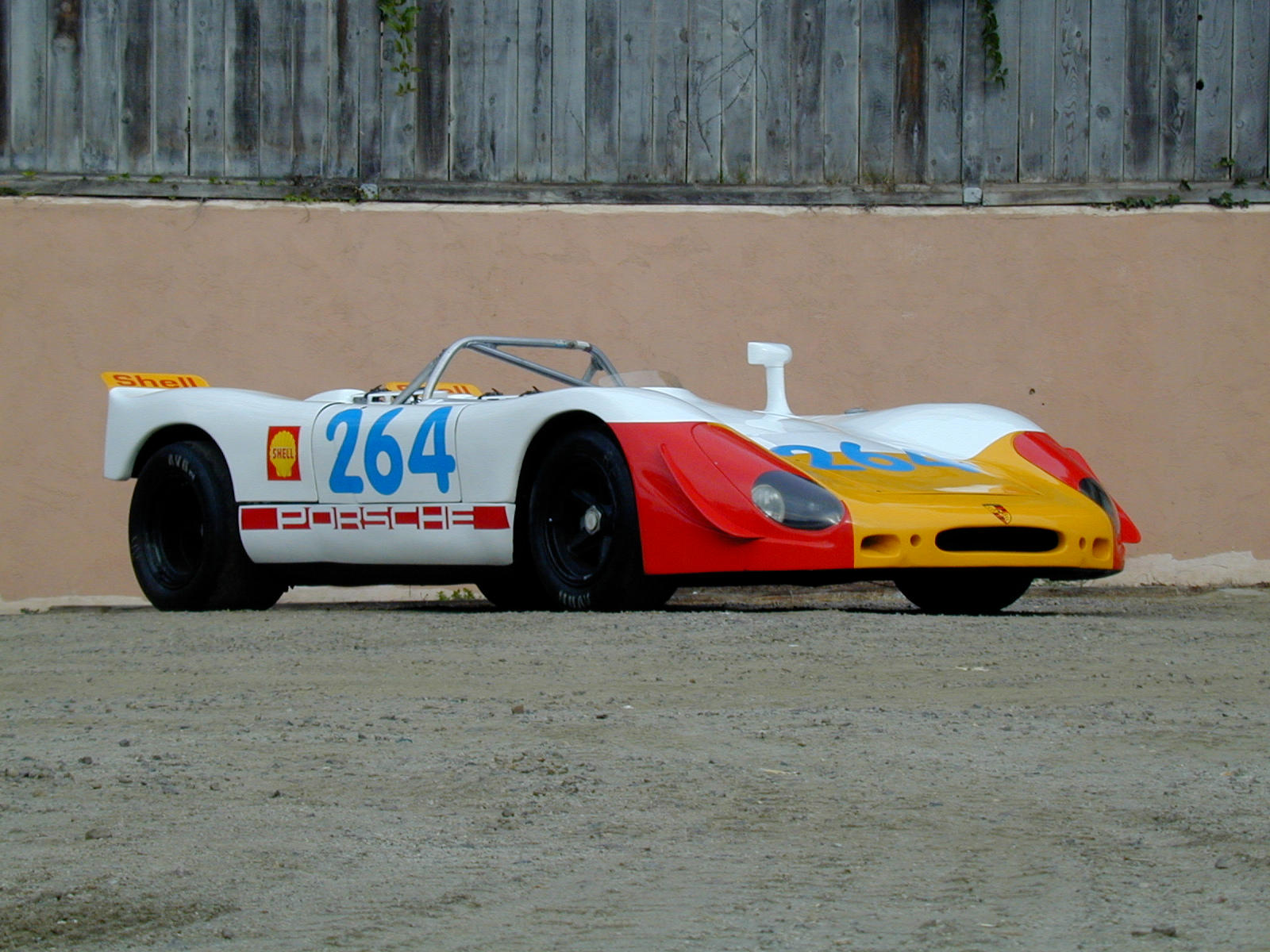
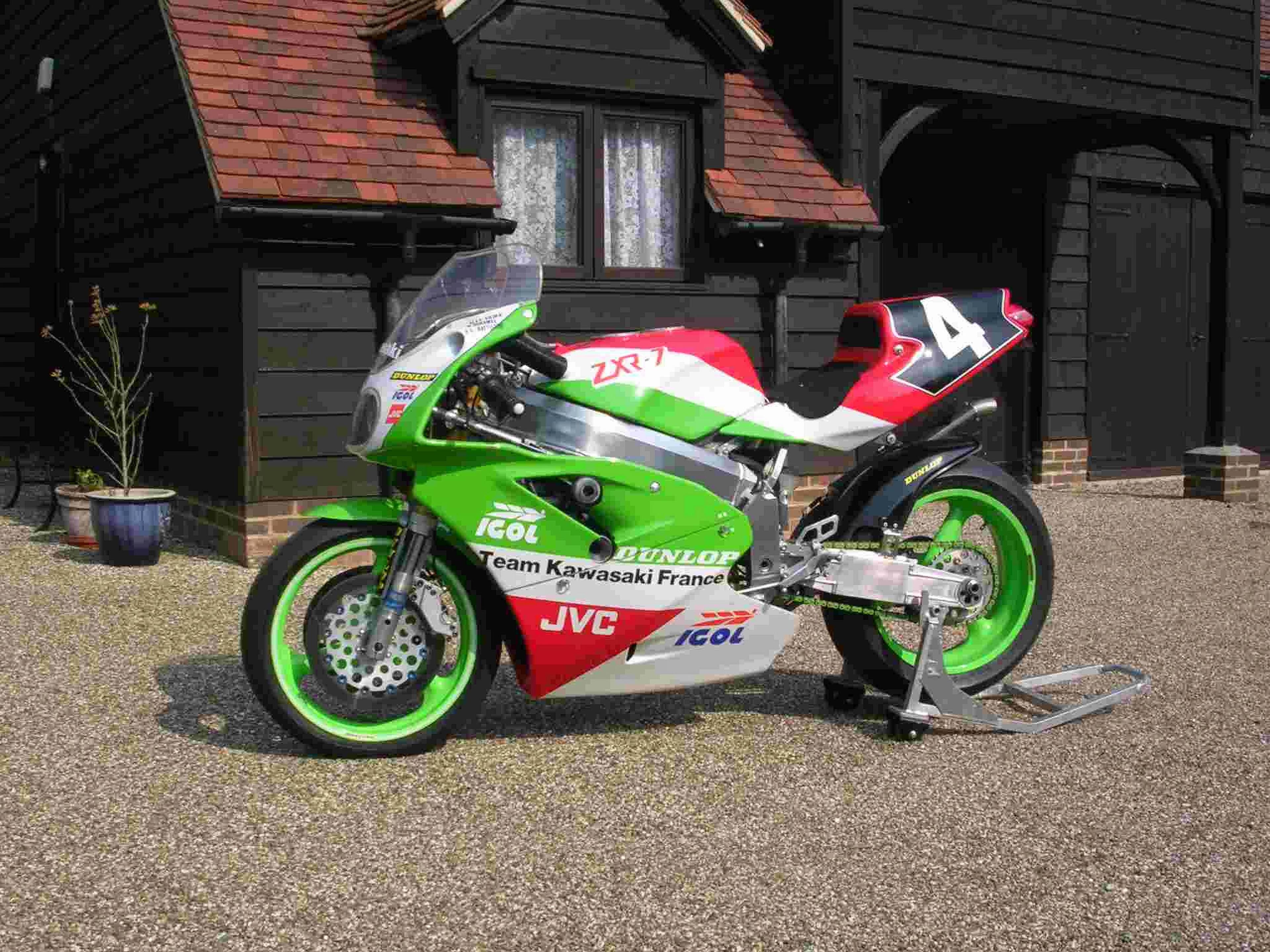
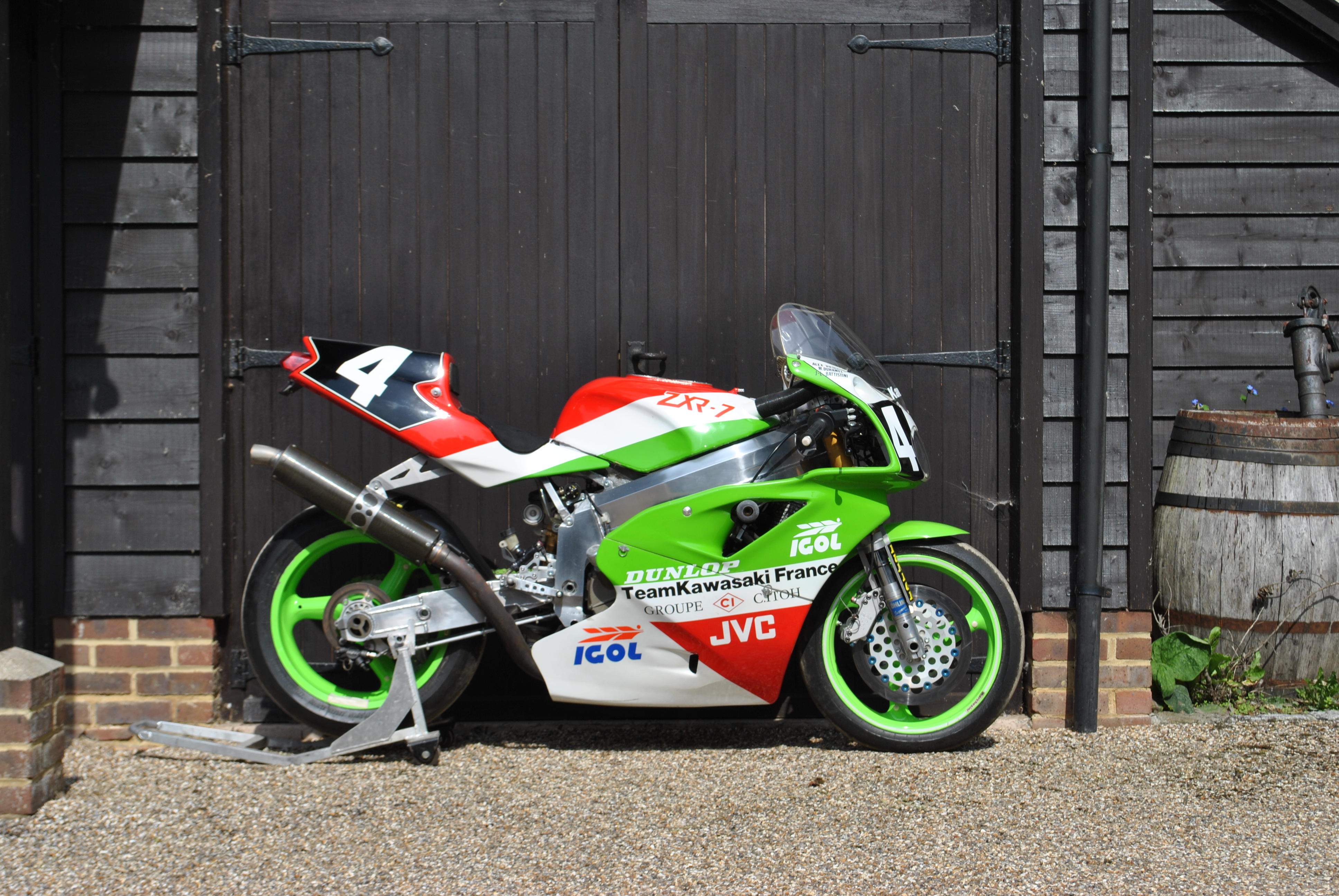
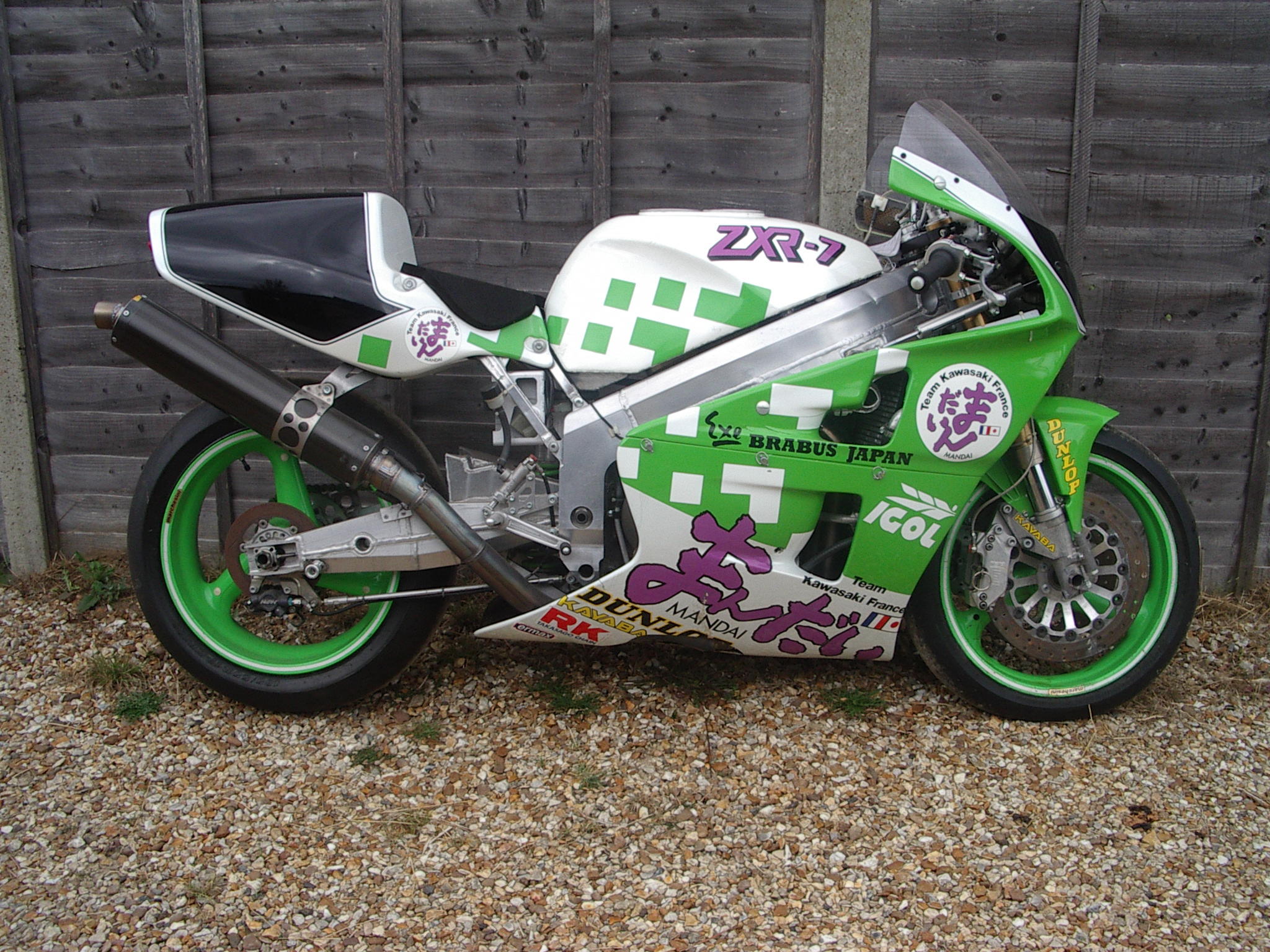
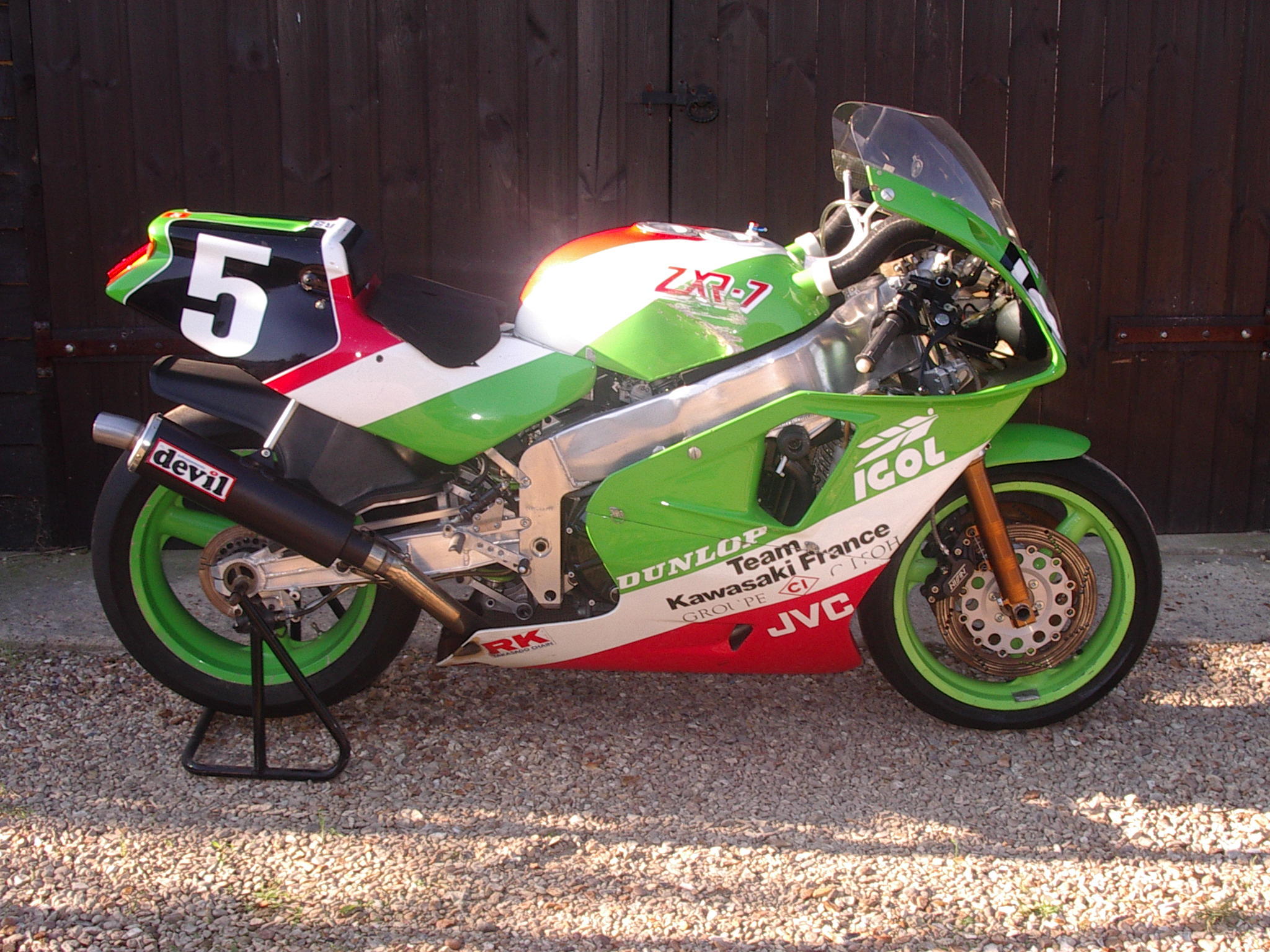
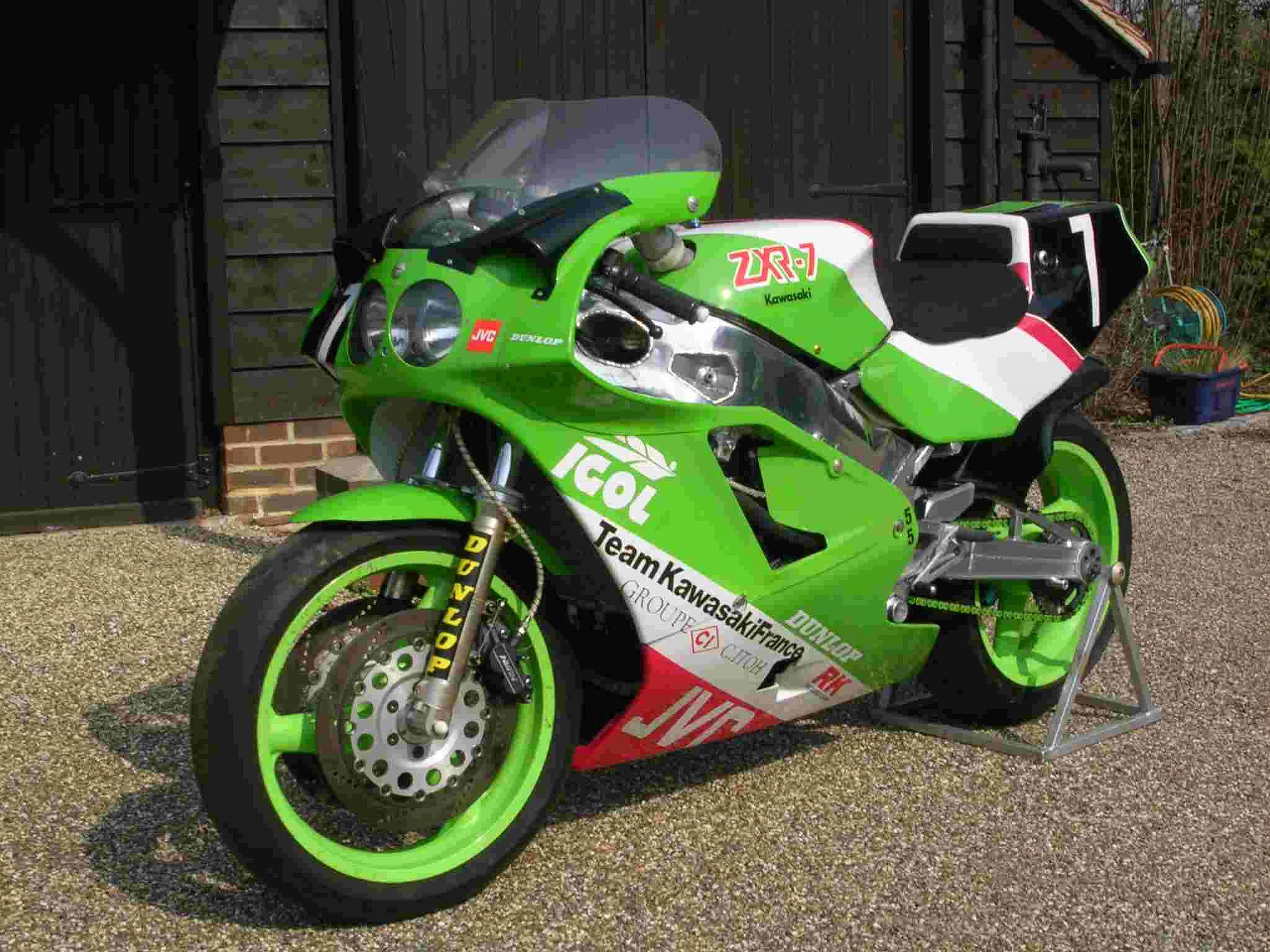
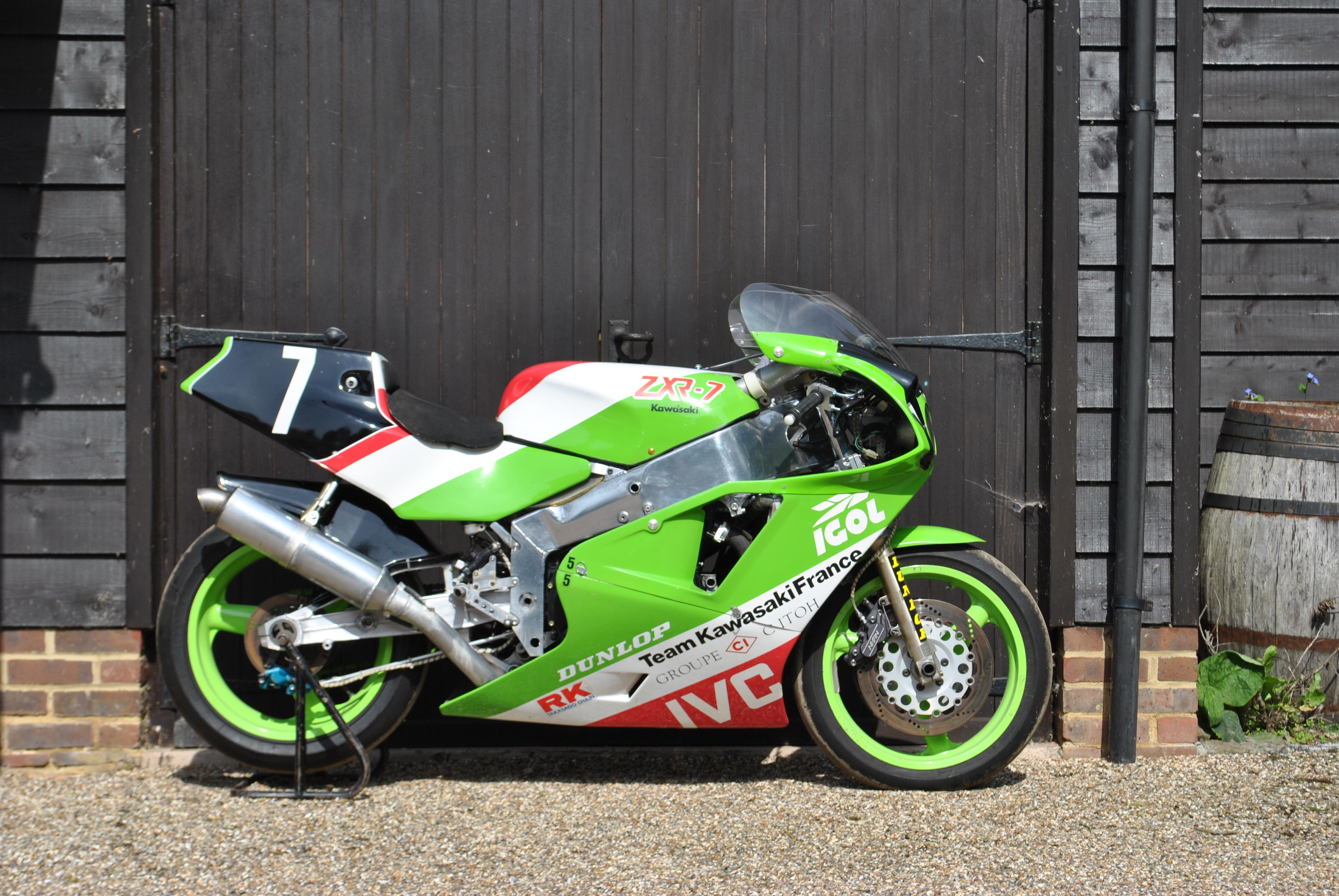
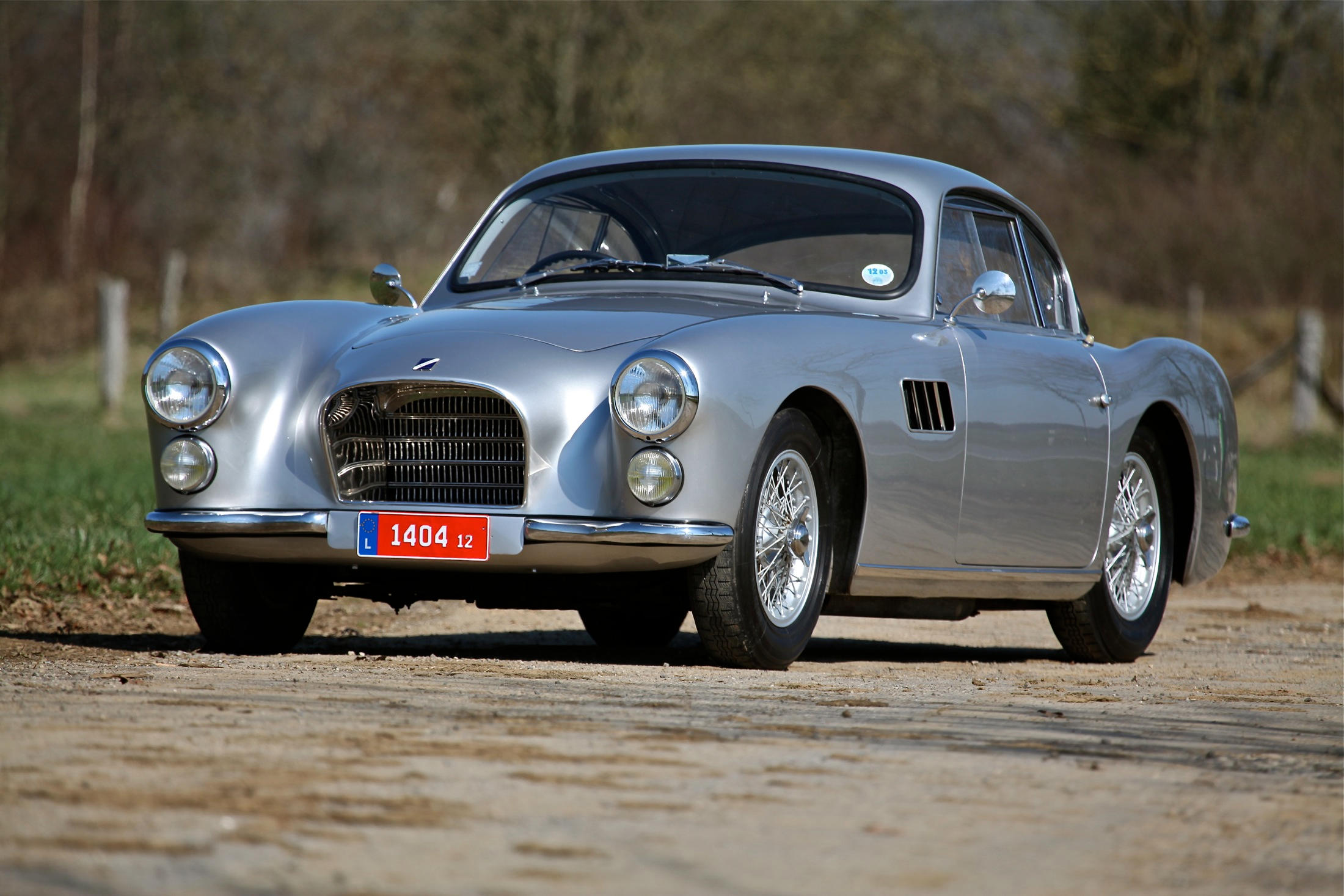

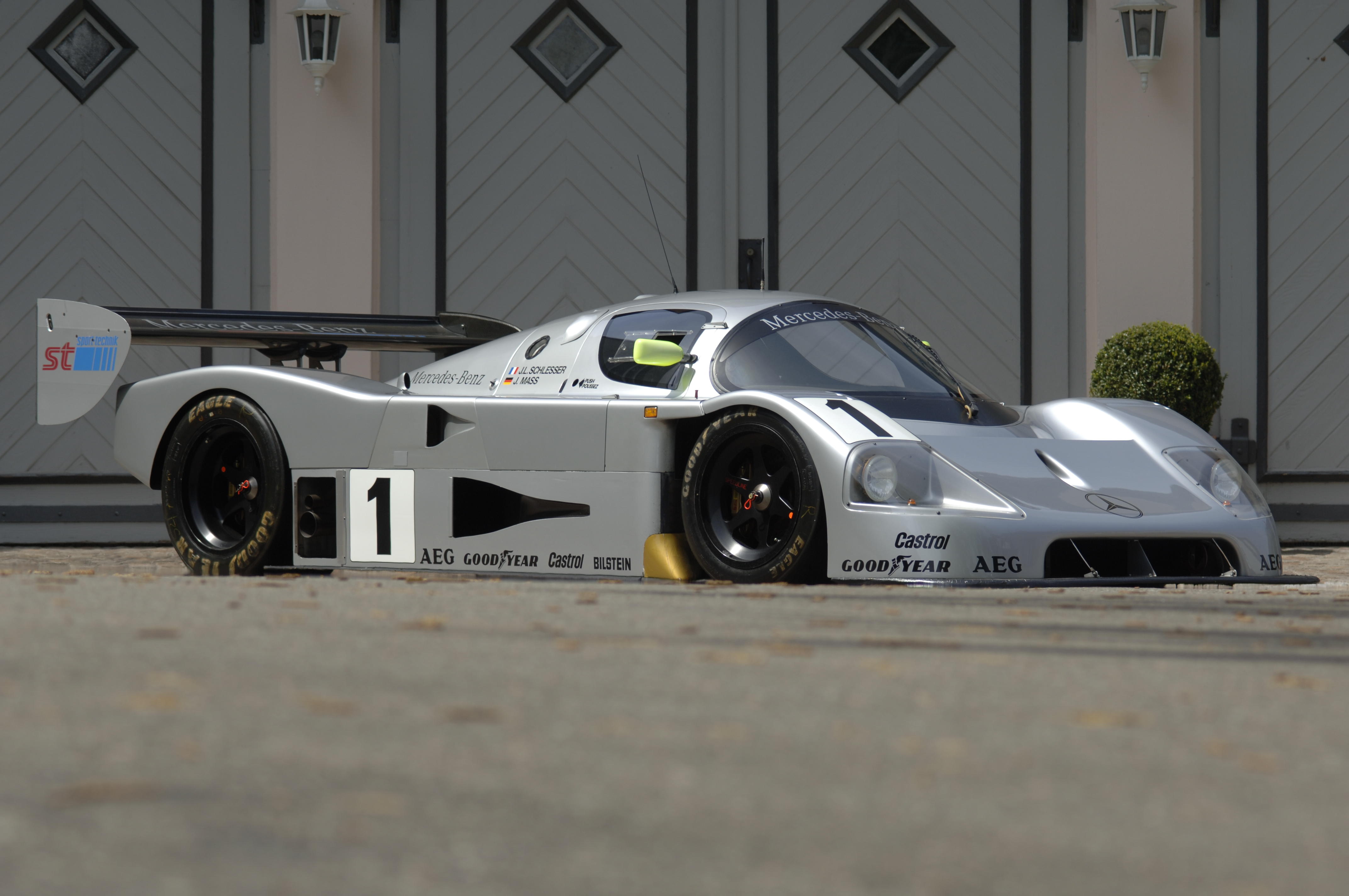


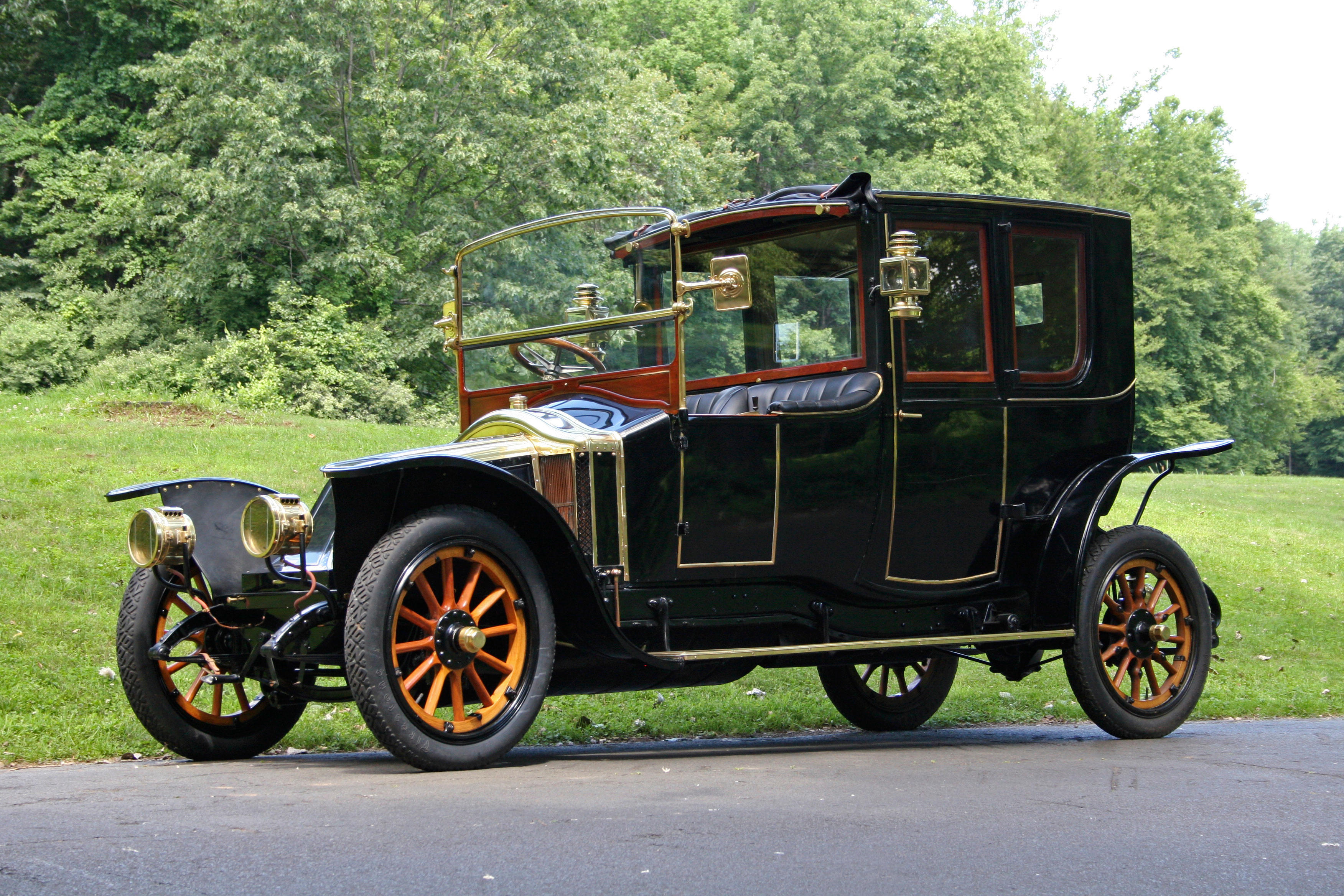
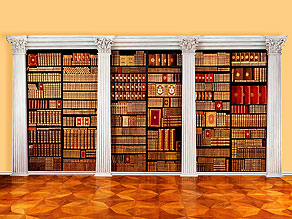
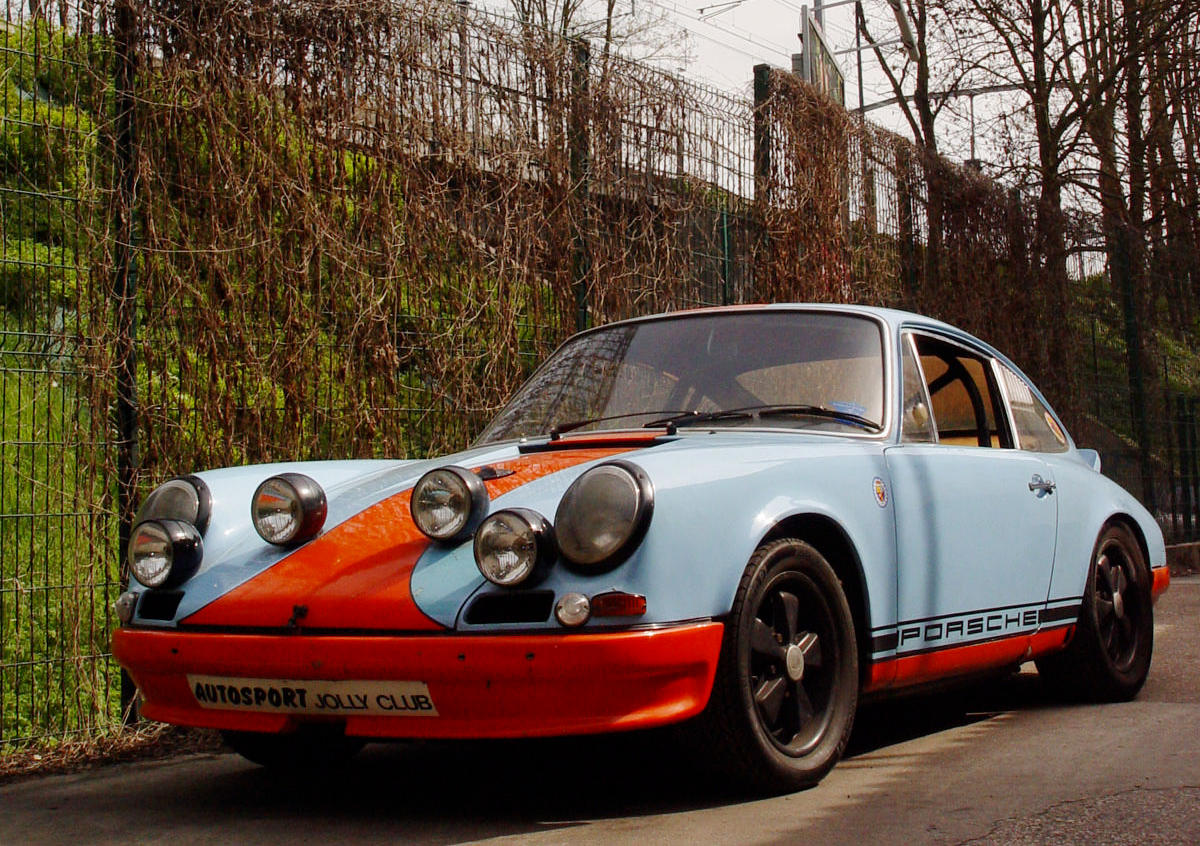
Testen Sie LotSearch und seine Premium-Features 7 Tage - ohne Kosten!
Lassen Sie sich automatisch über neue Objekte in kommenden Auktionen benachrichtigen.
Suchauftrag anlegen